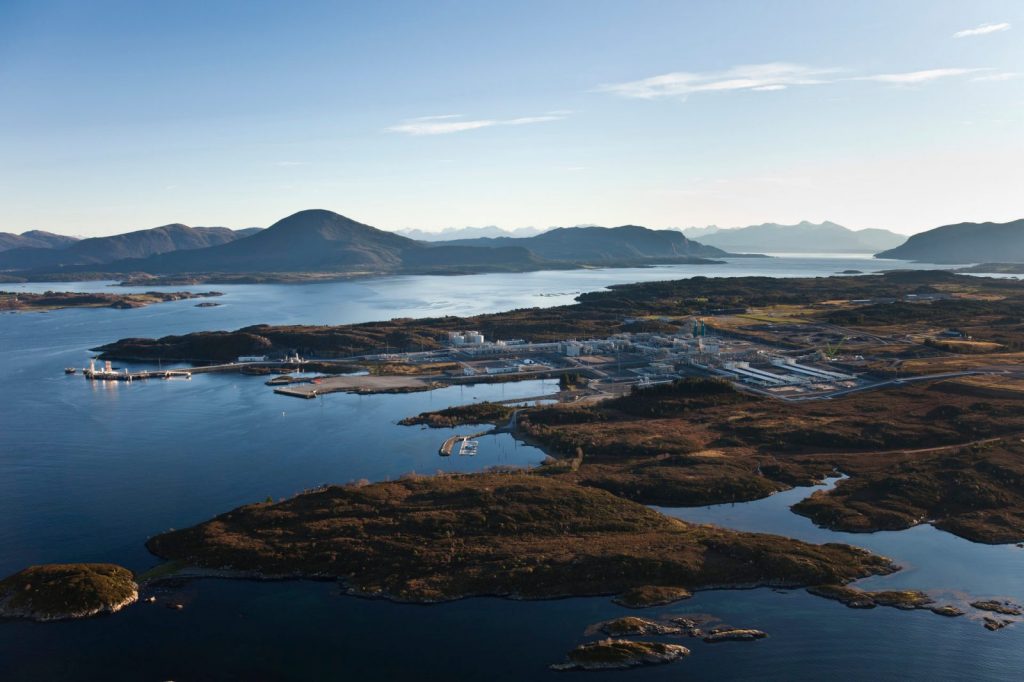
The biggest Norwegian pension fund always fears the worst outcome. And it’s a strategy that’s paying off.
With interest rates still close to historic lows and a series of global political shocks upending many investment strategies, Norway’s biggest life insurer, Kommunal Landspensjonskasse, says its approach is to be “scared of everything.”
The market reaction to Donald Trump’s U.S. presidential election victory is proof the idea works, according to Aage Schaanning, chief financial officer at KLP, which manages about 450 billion kroner ($53 billion) in pension assets. The fund had a value-adjusted return of 4.4 percent last year through the third quarter.
“Knowing how markets will react to one event is very difficult to foresee,” the 52-year-old said in an interview at his office on the Oslo waterfront. “We don’t take any positions on single events. We don’t take those types of views as a capital owner.”
KLP’s biggest fear now is rising protectionism as Europe, still smarting from Britain’s vote to leave the EU, embarks on a string of elections, each with the potential to deliver a populist shocker. Trump’s opposition to global trade deals sets the stage for an era of beggar-thy-neighbor policies that most economists warn will hurt growth.
KLP is ready to make the most of the worst outcomes. “If one starts to think more protectionism it isn’t good for those who manage money,” Schaanning said “It’s a risk for returns in capital markets.”
KLP has allocated 67 percent to fixed income, 20 percent to stocks and 13 percent to real estate to meet its return on guaranteed obligations of 2.6 percent. In order to manage risk, KLP acts according to a set of rules for different threshold levels in its portfolio.
With the low rates, KLP “must be very careful not to put too much into stocks and real estate,” said Schaanning, who has an “extreme belief in risk premiums over time” and “big respect for historical swings.” But the post-Trump spike in bond yields was a boon for the fund, because it gave it more scope to add stocks and real estate.
There’s a “good effect” if added stimulus pushes up rates, Schaanning said. “But not if he only prints money. The best is if there’s economic growth that pulls up inflation and demand.”
Because it doesn’t rely on holding highly liquid assets, KLP is buying Norwegian municipal bonds and utility bonds, which offer better yields than government bonds.
Sacrificing liquidity allows an investor to “get a pretty good rate if you move into the 10 year segment,” he said. “Variations of illiquid fixed income are attractive.”
That’s in the face of some potentially very large shifts in the current world order.
“What’s new this year is what role the U.S. will take in this world,” Schaanning said. “If everyone pulls back, it would be very bad for global growth. Then all capital markets will be repriced.”
Recommended for you
